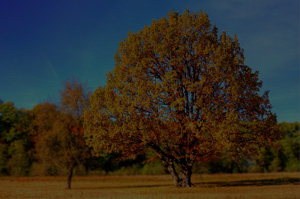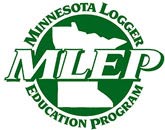Now that the snow has started falling in Minnesota, our trees, shrubs, and plants are feeling it. So, how should you handle snow removal when it comes to your trees and shrubs? Here’s our advice:
You don’t have to remove light snow from trees and shrubs—it’s the heavy stuff that can be damaging. Evergreens trees and shrubs are especially susceptible to having their branches broken after a heavy snowfall because foliage allows the branches to collect large amounts of snow.
So, if a heavy snowfall just came through, gently brush the snow off by hand or with a broom with upward strokes. Gently shaking the branches can also be done, but this needs to be done carefully. Branches can be brittle during the winter months, so you could be doing more harm than good. If you decide to shake the branches, do it with caution and care. If you want to go the extra mile, remove snow throughout the snow event to make removal easier and minimize the weight that’s on your plants at any given time.
Ice on Tree Branches
If ice has accumulated, then it’s time to leave the branches alone and let it all melt off. If you try to remove the ice at this point, you will likely just cause more damage. Do not spray any de-icing salts on the trees because those chemicals are toxic to trees. Also (this may sound like a no-brainer, but it has been done) avoid trying to melt the ice with a blow torch or other flame source. This will result in burned buds and damage to other vital tissues.
Damaged Branches from Snow & Ice
If any branches do break, and they aren’t a hazard to you or the overall health of the tree, wait to prune them until the end of the winter. The end of the winter is the best time to prune because trees and plants are still in dormancy, but it’s not so cold that it could expose them to more damage. If branches do present a hazard, remove them right away.
Also, make sure you’re safe while clearing snow. If you can reach by standing on the ground, go for it, but you should not be climbing in snowy and icy conditions. Call an arborist if you’re worried about any significant damage, and he or she will be able to make an assessment.
If you want more information on how to prevent winter tree damage, check out our article “How to Protect Trees & Shrubs from Winter Damage.”
We hope this helps! If you have questions, give us a call at 651-484-2726.











